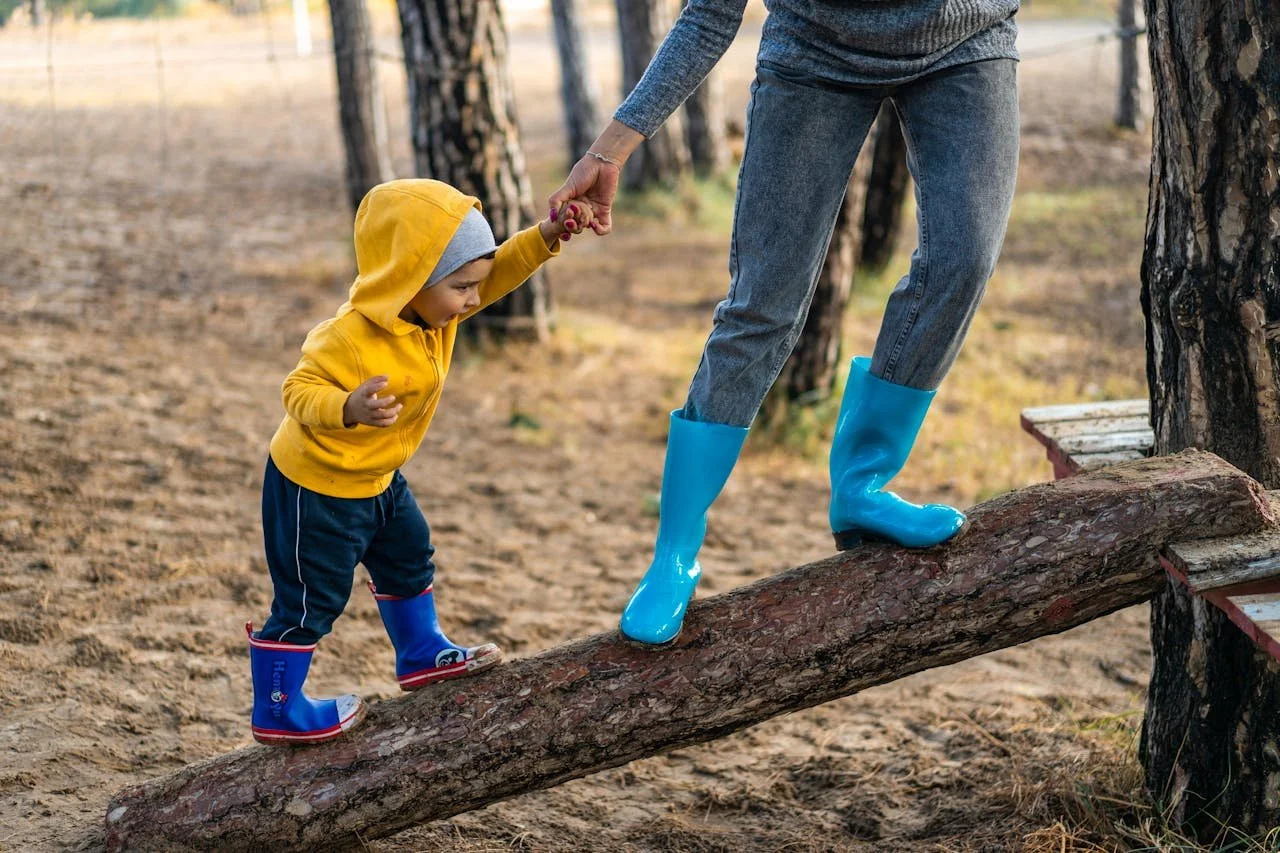ADHD and Anxiety in Children
When you’re a parent or caregiver, it can be tough to tell if a child’s behavior is just typical childhood stuff or if it’s something more. Two common challenges children face are Attention Deficit Hyperactivity Disorder (ADHD) and anxiety. Both can overlap, making it harder to pinpoint the issue. Understanding how ADHD and anxiety show up in children—and how to manage them—can make a big difference in their well-being.
What Is ADHD and How Does It Show Up in Kids?
ADHD affects a child’s ability to pay attention, sit still, and control impulses. Children with ADHD often display:
Difficulty staying focused: They may struggle to finish tasks, getting easily distracted by noises or things around them.
Impulsivity: Acting without thinking is common. These kids might interrupt conversations or make hasty decisions.
Hyperactivity: A lot of energy, constant movement, or fidgeting is typical.
Forgetfulness: Frequently losing things or forgetting tasks.
Anxiety in Children: More Than Just Being Nervous
Anxiety can look like more than just pre-test jitters. It can show up as persistent worry or fear that interferes with everyday activities. Kids with anxiety might:
Avoid certain situations: They might refuse school or social events due to fear or stress.
Excessive worry: They often overthink situations, worrying about things others might consider minor.
Physical symptoms: Anxiety can cause racing hearts, trouble sleeping, or frequent complaints about feeling sick.
When ADHD and Anxiety Happen Together
ADHD and anxiety often appear together. Children with ADHD may feel anxious because they struggle to keep up with school or social expectations. Conversely, kids with anxiety might develop behaviors similar to ADHD, like avoiding tasks or appearing distracted due to constant worrying.
Signs of both ADHD and anxiety include:
Worrying about forgetting tasks: A child with both may constantly check or redo work out of fear of missing something.
Difficulty calming down: Kids with both conditions might have a hard time settling down after becoming anxious or overstimulated.
Social withdrawal or distractibility: Children may seem overly distracted or excessively nervous in social situations.
How to Help a Child with ADHD and Anxiety
Managing ADHD and anxiety requires a balanced approach. Here are some ideas to try:
Create a structured routine: Children with ADHD thrive on predictability. A set routine for daily tasks helps them stay focused and reduces anxiety.
Teach relaxation techniques: Deep breathing, mindfulness, and guided imagery can help children manage anxious feelings. Practice these when they’re calm to use in stressful moments.
Taking Breaks: Children with ADHD often have difficulty maintaining focus for extended periods. Scheduling short, structured breaks during tasks can help them recharge and improve their concentration.
Encourage physical activity: Exercise helps with both ADHD and anxiety by calming hyperactivity and reducing stress. Simple activities like walks or swimming can be effective.
Use visual reminders: Visual cues, like charts or lists, can help children with ADHD stay organized and reduce anxiety about forgetting tasks.
When to Get Help
If your child’s symptoms significantly affect daily life or relationships, it may be time to seek professional help. A healthcare provider can evaluate whether ADHD, anxiety, or both are present and suggest treatment options, including therapy or medication.
Conclusion
ADHD and anxiety are complex conditions that can impact a child’s well-being. Recognizing the signs early, creating a supportive environment, and getting help if you need it can help your child feel more confident and capable. If things become overwhelming, don’t hesitate to reach out for support from an ADHD therapist like me. I would be happy to support you and your child as you navigate an ADHD or anxiety diagnosis. Fill out the form on my website, so we can get you scheduled!

